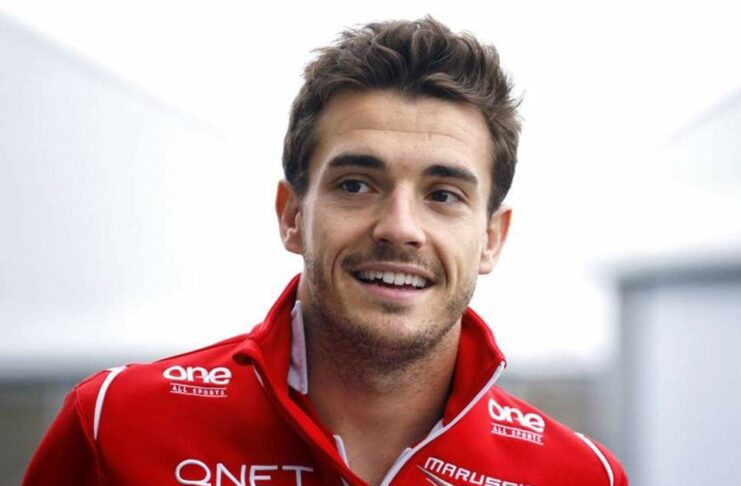Formula 1 is not only about the speed. It’s also about the fatality.
You only wish it wasn’t true.
This is a sad reality the spectator, the racing drivers and those affiliated with the sport whether professionally or emotionally come to learn.
Back in 1994, witnessing the horrific events at Imola that consumed inarguably F1’s most ferocious and spectacular talent, the fan didn’t just cry. He was walloped by a wave of despair, hitherto unseen in the annals of the sport.
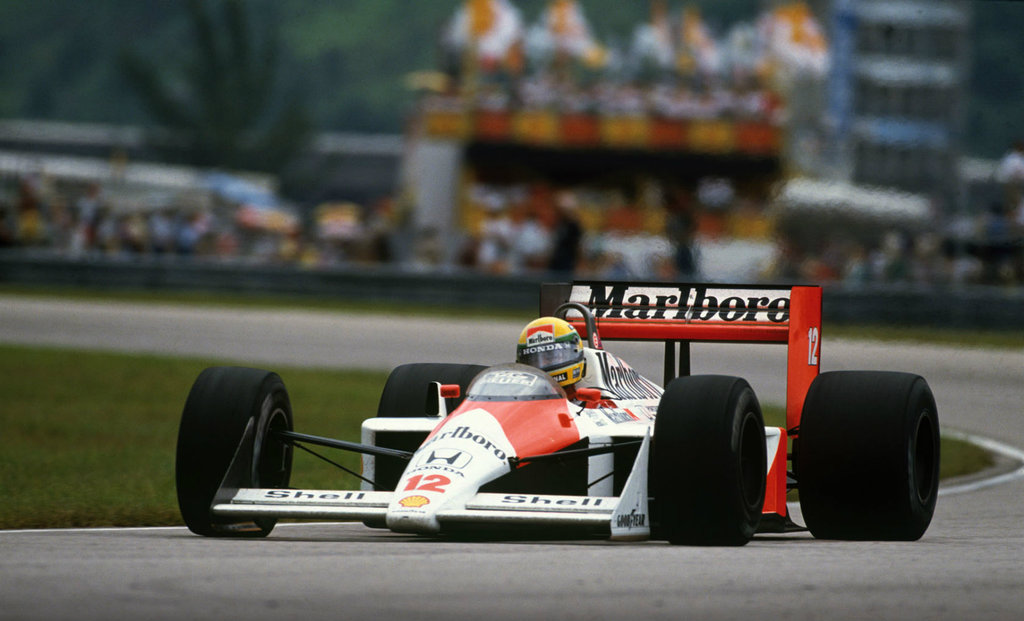
Ayrton Senna left us in physical form, but we didn’t allow him to rest. Every time a Grand Prix is enjoyed, the battle relished, Ayrton Senna lives with us.
20 years after the forgettable Italian Grand Prix, Formula 1 would come back to haunt its devoted fan. This time, the sport will come to torment everyone through the events at the 2014 Japanese Grand Prix.
We are in the land of Samurai’s and in the heart of Mie Prefecture. It’s Round 15 of the 2014 F1 season, eventually aced by Mercedes’ Lewis Hamilton.
It’s raining. In fact, it’s an outpour.
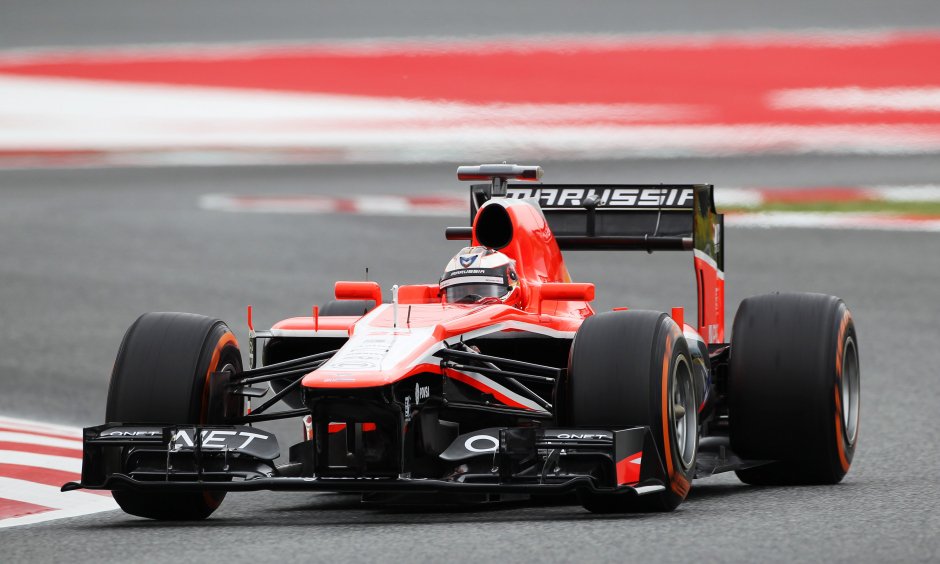
Suzuka resembles your favourite hill-station during peak monsoons. But that’s the view from a distance when you’re not in midst of a mad rush submerged by an acrimony of inclement weather.
Once seen closer, however, Suzuka is more than a race-track; it’s a hell-hole infested by nearly zero visibility. Typhoon Phanfone has chosen the race-day to announce its arrival and plunder the Grand Prix.
The Rosberg and Hamilton show, implicit in the heart of the season is on and dominating charts at the front of the grid.
In the middle, Daniel Ricciardo, Sebastien Vettel, Nico Hulkenberg and Fernando Alonso are fighting it out with the Australian seemingly in command of the battle. Raikkonen, struggling for grips as perhaps every other driver is holding on, somehow. Eventually, he’d finish outside points as teammate Alonso would retire.
On an utterly Mercedes-dominated weekend, fans are getting put off by a Ferrari no-show.
Meanwhile, the race continues despite the enormity of rains. So heavy has been the outpour at Suzuka this weekend that the original 53-lap contest is brought to a premature end by lap 44.
But, a lap prior, a shining young talent, then only 24, driving in only his second season is hovering around Suzuka in a coy Marussia. He doesn’t know what’s going to happen with the race requiring just another lap before it comes to an end.
With there being absolutely zero traction for the drivers, Marussia’s Jules Bianchi skids off the track and comes in direct head-on contact with a recovery crane, parked at the side of the track.
This isn’t just any collision.
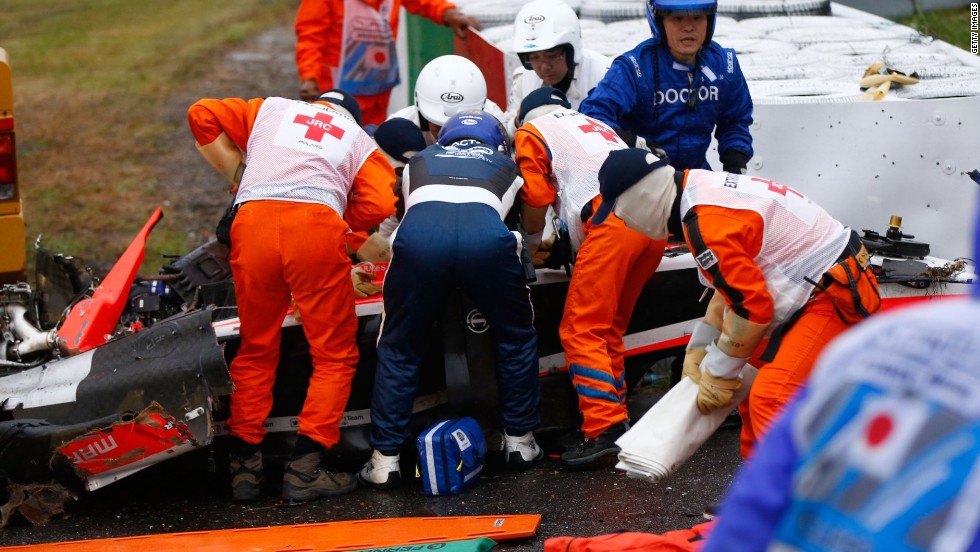
Amid massive teardown of rains, the fans watching the proceedings on TV can barely make out that some accident has happened, perhaps not realising the gravity of the incident in real-time. However, on ground zero, a young Frenchman, a possible Ferrari future, a driver more than capable to hold on to his own against established stars in the coming seasons has suffered severe head injuries.
In the next six months, he won’t be amongst us anymore.
October 5, 2014, is going to be a dark day for motor-sport.
Within seconds of Hamilton winning ahead of Rosberg, it no longer matters who won the Grand Prix and who was Saturday’s pole-sitter.
All thoughts are in one direction.
What happened to Jules Bianchi there?
How serious is the accident? Will Jules make it back? How soon will he return to the race-track? Questions run amock and are marked with genuine concern.
Jules Bianchi’s run in F1 has been red-flagged by the Gods. There wasn’t just another lap to go in the race, there were hundreds of Grands Prix that awaited his competition.
He was more than a young Marussia recruit.
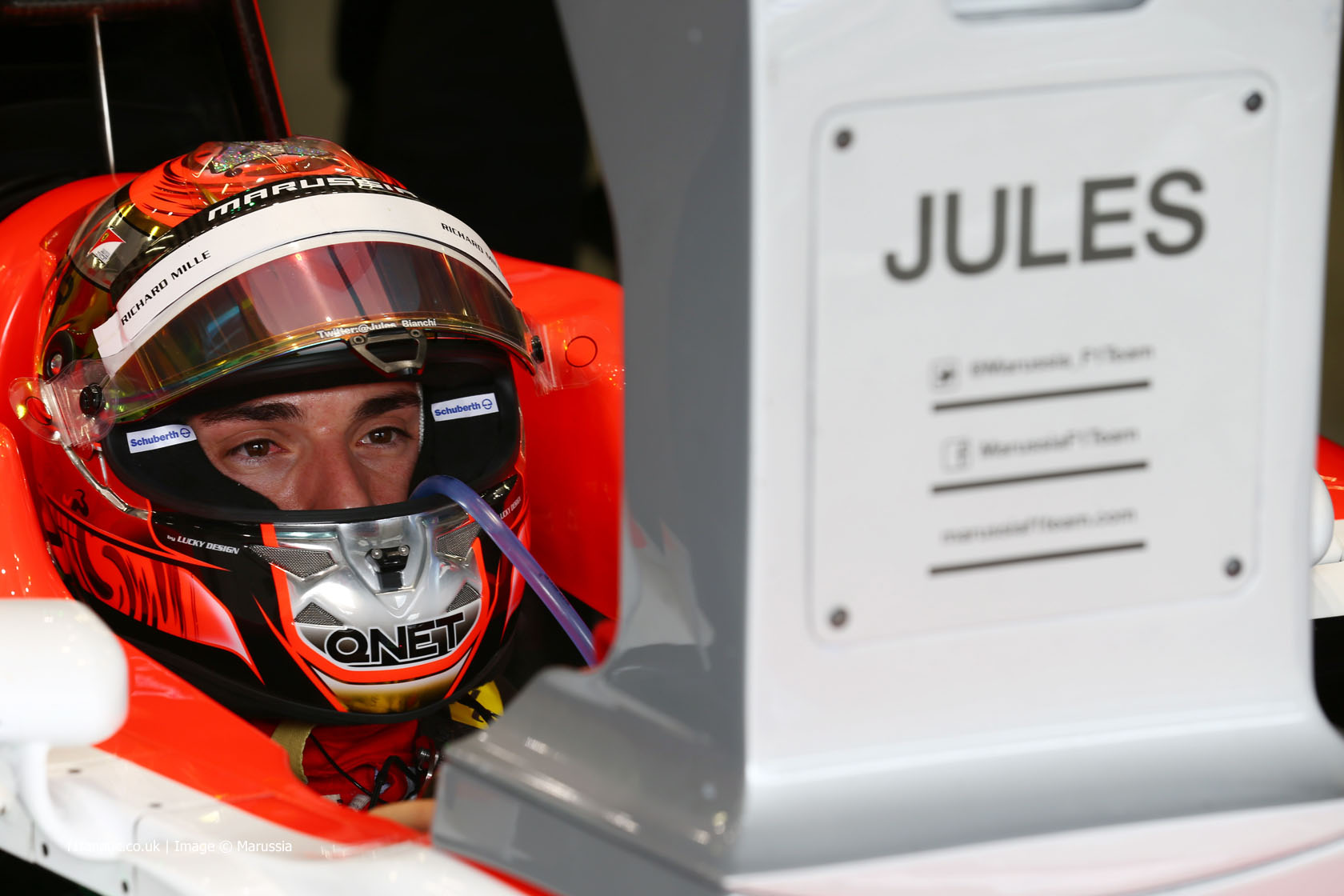
He was a formidable force in the making.
When only a teenager, he’d shown race pace during his first ever test drive during December 2009 at the Circuito de Jerez. His next big moment would come in 2011 when he first test drove for Ferrari at the legendary Fiorano. There was talk that a quiet and pleasant-looking young Frenchman had arrived and one who may shine soon in F1, wearing cool weathers on his sleeve.
Sadly, on 17 July 2015- it would be announced, Jules Bianchi suffered to the massive injuries sustained at the Japanese Grand Prix, 2014.
It’s been four years since.
Truth be told, Jules has only risen as a star.
This is when he isn’t amidst us in mortal form.
He’s become a symbol of youthful exuberance, a talent whose time was to come. For his simple mannerisms, humble tone of communicating and genteel mannerisms- there was truly no one who disliked Jules.
In fact, his comrades on the tarmac were only getting to know the young Frenchman.
With a best-place finish of P9 in a Grand Prix where it’s often as hard to score as it’s to finish a race sans any collision, Jules had shown his very best a quarter before the ill-fated events of Suzuka at Monaco.
He showed his hunger to drive. In only his second Formula 1 season, he’d depicted a penchant to improve.
You remember a modern driver often noting his genesis; thinking where the talent is emerging from.
And there was surely reason to believe that Jules was slated for the long mile.
He was, after all, from the precious Ferrari driver academy and on top of it had excelled at the prodigious measures to hunt future F1 stars- Formula Renault 3.5, GP2 and Formula Three.
Let’s visit a poignant line from the celebrated movie Rush.
Formula One may seem like men racing around in circles like mad.
Maybe there’s a sense in that.
That every driver lives each day as his last but also bursting with an irrepressible surge of energy. And surely Jules would’ve been doing just that today. He may have been signed up by Renault, he may have been outpacing Nico or possibly would’ve clinched his first podium at who knows- Baku or Singapore?
God, how many times will we have to re-visit Niki Lauda’s impressions right before Nurburgring in 1976?
“The race should’ve never gone on!”
What if the Japanese Grand Prix would’ve been red-flagged much earlier?

